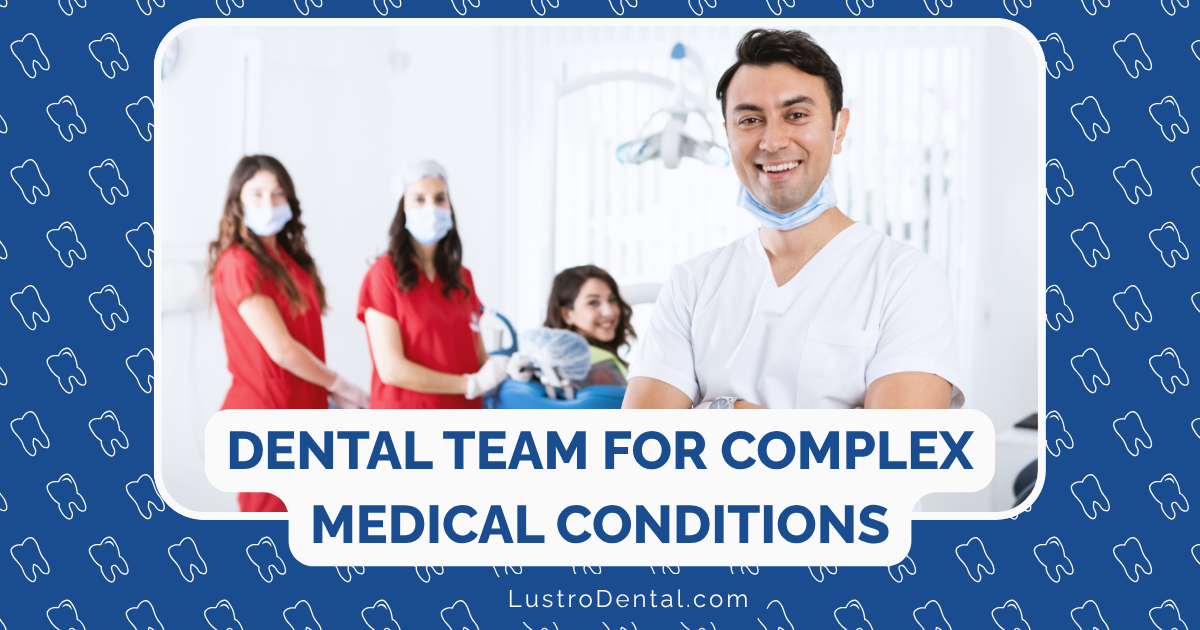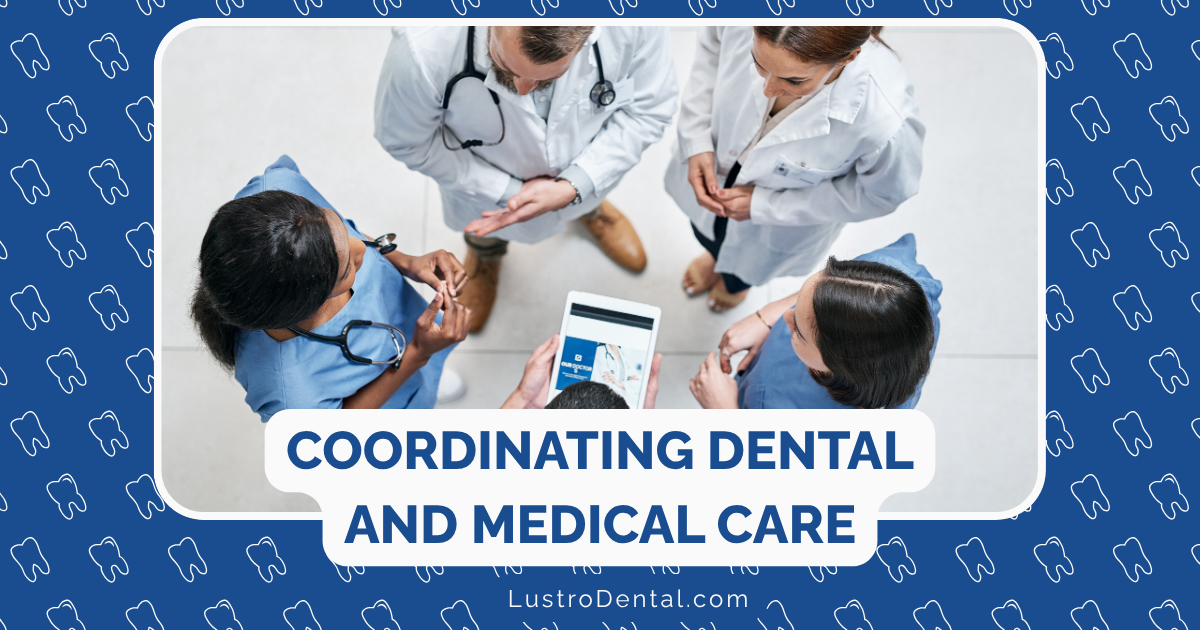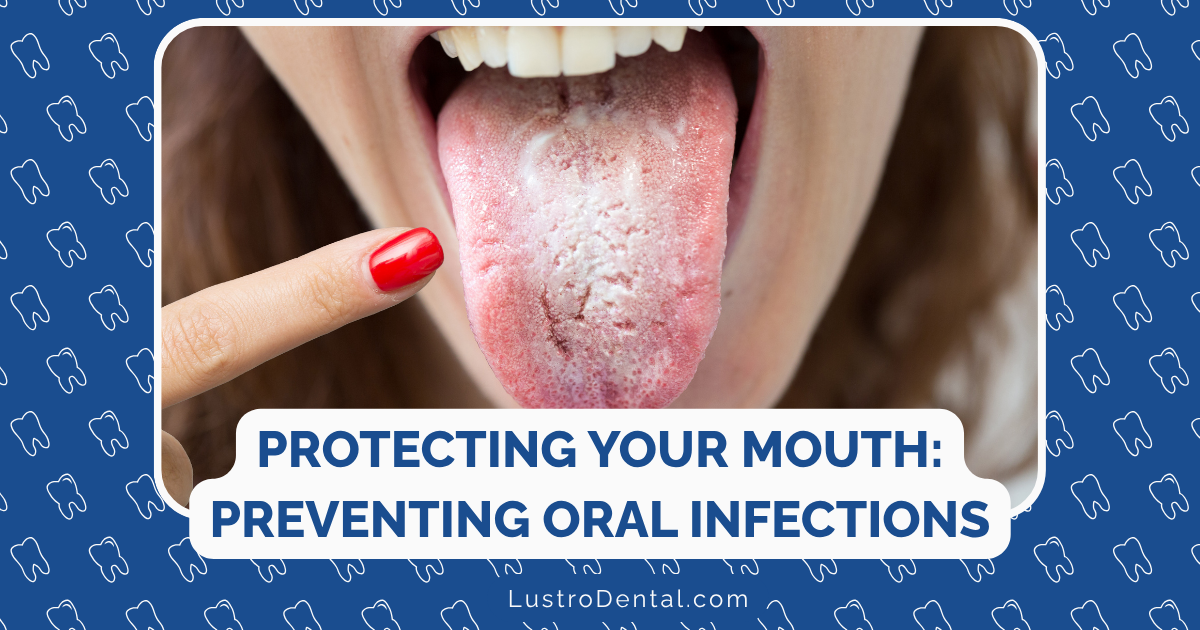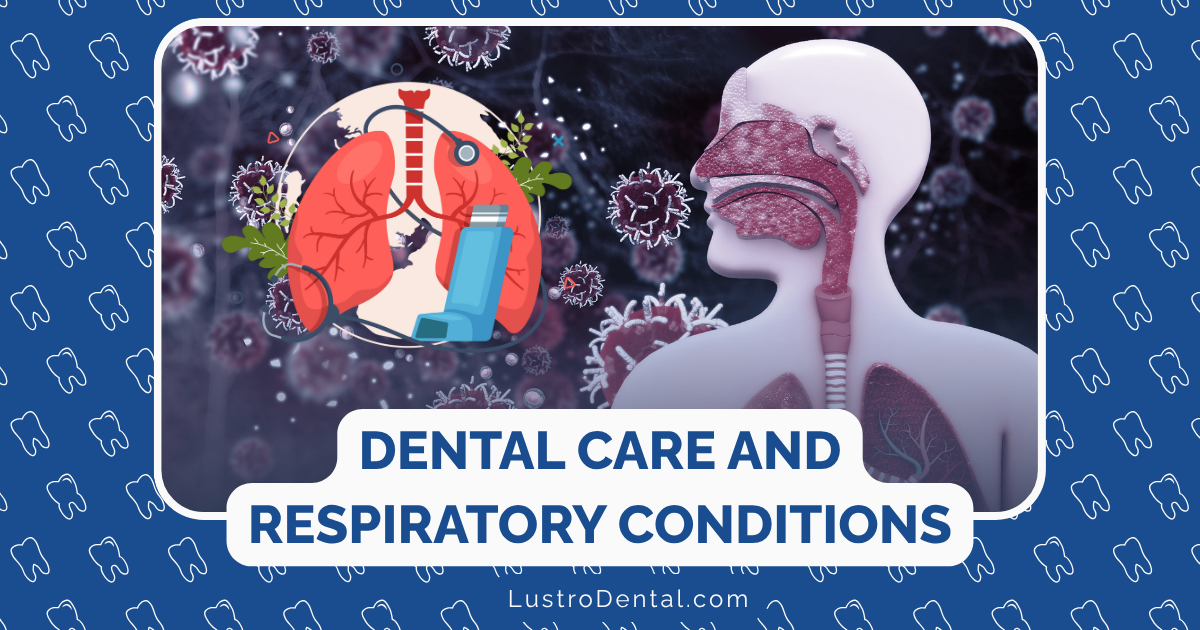Mindfulness Techniques for Dental Appointments: Practical Strategies That Work

The whir of the drill. The bright overhead light. The vulnerable feeling of lying back in the dental chair. For many people—up to 15% of Americans, according to recent studies—these experiences trigger significant anxiety that can range from mild unease to paralyzing fear.
If dental appointments leave your palms sweaty and your heart racing, you’re not alone. The good news? Mindfulness techniques offer powerful, practical tools to transform your dental experience from dreadful to manageable—even peaceful.
As someone who’s helped countless patients navigate dental anxiety, I’ve seen firsthand how these simple yet effective strategies can make a remarkable difference. Let’s explore evidence-based mindfulness approaches that actually work in the dental setting.
Understanding How Mindfulness Helps Dental Anxiety
Before diving into specific techniques, it helps to understand why mindfulness works so well for dental anxiety.
Mindfulness is the practice of paying attention to the present moment with openness, curiosity, and without judgment. When we’re anxious at the dentist, we’re typically:
- Catastrophizing about what might happen
- Reliving negative past experiences
- Amplifying physical sensations into threats
- Feeling out of control
Mindfulness interrupts this anxiety cycle by anchoring you in the present moment, where you’ll often discover things aren’t as bad as your anxious mind suggests. It activates your parasympathetic nervous system—your body’s natural relaxation response—counteracting the fight-or-flight reaction that dental anxiety triggers.
According to research published by Sharon Dickerson DDS, mindfulness techniques can significantly reduce both the psychological and physiological symptoms of dental anxiety when practiced regularly.
Practical Mindfulness Techniques for Before Your Appointment
1. The 4-7-8 Breathing Technique
This powerful breathing exercise can calm your nervous system in just a minute or two:
- Sit comfortably with your back straight
- Place the tip of your tongue against the ridge behind your upper front teeth
- Exhale completely through your mouth, making a whoosh sound
- Close your mouth and inhale quietly through your nose to a count of 4
- Hold your breath for a count of 7
- Exhale completely through your mouth to a count of 8, making the whoosh sound
- Repeat the cycle 3-4 times
Practice this technique daily in the week leading up to your appointment, and again in the waiting room. The regular practice helps train your nervous system to respond more quickly to the calming cues when you need them most.
2. Five Senses Grounding Exercise
This mindfulness technique helps anchor you in the present moment when anxiety begins to spiral:
- Notice 5 things you can see in your immediate environment
- Acknowledge 4 things you can touch or feel (like the texture of your clothing)
- Become aware of 3 things you can hear
- Notice 2 things you can smell (or like to smell)
- Recognize 1 thing you can taste
This exercise is particularly effective in the waiting room, where anxiety often peaks. By methodically moving through your senses, you redirect your attention away from anxious thoughts and into the present moment.
3. Guided Visualization for Dental Calm
Research from Orchard Dental shows that positive visualization can significantly reduce stress levels before dental procedures. Try this 5-minute practice:
- Find a quiet place to sit comfortably
- Close your eyes and take several deep breaths
- Imagine yourself in your “happy place”—perhaps a beach, forest, or mountain retreat
- Engage all your senses in this visualization: What do you see? Hear? Smell? Feel?
- Picture yourself feeling completely relaxed, safe, and at peace
- Now imagine yourself at the dental office, carrying this same sense of calm and ease
- See yourself handling the appointment with confidence and relaxation
- Finish with three deep breaths before opening your eyes
For maximum benefit, practice this visualization daily for at least a week before your appointment. You can find guided dental anxiety meditations on apps like Insight Timer that walk you through similar visualizations.
Mindfulness Techniques to Use During Your Dental Appointment
1. Mindful Body Scan
This technique helps release tension you may not even realize you’re holding:
- Starting at your toes, bring your attention to each part of your body
- Notice any tension or discomfort without trying to change it
- As you exhale, imagine that area softening and releasing
- Move gradually up through your body: feet, legs, hips, abdomen, chest, hands, arms, shoulders, neck, and face
- Pay particular attention to common tension areas: jaw, shoulders, and hands
The body scan is perfect to use when you first sit in the dental chair, and you can return to it throughout your appointment whenever you notice tension building.
2. Anchor Breathing
When dental work is actively happening, try this subtle technique:
- Focus your attention on the natural rhythm of your breath
- There’s no need to change your breathing—simply observe it
- Notice the sensation of air entering and leaving your nostrils
- When your mind wanders to the dental procedure, gently guide it back to your breath
- Use your breath as an “anchor” to the present moment
This technique works well because it’s invisible to others—no one will know you’re practicing it—and it doesn’t interfere with the dental work being done.
3. Hand Mindfulness
If focusing on breathing is difficult during dental work, try this alternative:
- Rest your hands on your lap or the armrests
- Bring your full attention to the sensations in your hands
- Notice the temperature, the texture of what they’re touching, their weight
- If helpful, subtly press your thumb against each finger in sequence
- Return to this awareness of your hands whenever anxiety rises
According to Family 1st Dental, focusing on a part of your body away from where treatment is happening can provide a helpful mental diversion while still keeping you present and grounded.
Mindful Communication with Your Dental Team
Mindfulness isn’t just about internal practices—it also involves clear, present-moment communication with your dental team:
1. Mindful Listening
When your dentist explains procedures, practice mindful listening:
- Give them your full attention
- Notice if your mind starts catastrophizing about what they’re saying
- Gently bring yourself back to their actual words
- Ask questions if anything is unclear
2. Establishing Signals
Work with your dentist to create hand signals that allow you to communicate without speaking:
- A signal for “I need a break”
- A signal for “I’m doing okay, continue”
- A signal for “I have a question”
These signals help you maintain a sense of control, which research shows is crucial for managing dental anxiety.
3. Present-Moment Check-ins
Periodically during your appointment, take a moment to check in with yourself:
- How am I feeling right now (not what I fear might happen next)?
- Is there anything I need in this moment to feel more comfortable?
- What’s one thing that’s going well right now?
This practice helps prevent anxiety from building by addressing small discomforts before they escalate.
Complementary Strategies to Enhance Mindfulness
While mindfulness forms a powerful foundation for managing dental anxiety, these complementary approaches can enhance its effectiveness:
1. Music Meditation
According to Dentist in Rosenberg, listening to calming music through headphones can create a personal sanctuary during dental procedures:
- Create a playlist of soothing instrumental music
- Practice mindful music listening before your appointment
- During the appointment, focus on different elements of the music—perhaps following a particular instrument
- Let the music become your focus point instead of the dental procedure
2. Aromatherapy Preparation
While you can’t bring strong scents to the dental office (out of consideration for others), you can use aromatherapy as part of your preparation:
- Before leaving home, apply a drop of lavender or chamomile essential oil to a tissue
- Take several mindful breaths with this calming scent
- The scent memory can help trigger the relaxation response even at the dental office
3. Positive Affirmations
Combine mindfulness with positive self-talk:
- Create 3-5 short, positive statements about dental visits
- “I am safe and in good hands”
- “This is temporary and manageable”
- “I’m taking care of my health”
- Practice these affirmations daily before your appointment
- During moments of anxiety at the dentist, silently repeat your chosen affirmation while practicing mindful breathing
Creating Your Personal Dental Mindfulness Plan
The most effective approach combines multiple techniques tailored to your specific needs. Here’s a simple framework to create your personal dental mindfulness plan:
Before the appointment (1-2 weeks prior):
- Practice 4-7-8 breathing daily for 5 minutes
- Do guided visualization every other day
- Try the body scan technique before bed
The day before:
- Limit caffeine and sugar, which can amplify anxiety
- Practice all three techniques above
- Prepare your music playlist
- Get adequate sleep
At the dental office:
- Use the five senses grounding exercise in the waiting room
- Do a body scan when you first sit in the dental chair
- Establish communication signals with your dentist
- Use anchor breathing or hand mindfulness during procedures
- Take mindful check-in moments throughout
After the appointment:
- Acknowledge your success with self-compassion
- Note which techniques were most helpful
- Reward yourself for using mindfulness tools
The Science Behind the Success
These aren’t just feel-good techniques—they’re backed by research. Studies show that regular mindfulness practice can actually change brain structure, reducing activity in the amygdala (the brain’s fear center) and strengthening the prefrontal cortex (involved in emotional regulation).
A 2023 study found that patients who used mindfulness techniques experienced:
- Lower heart rates during dental procedures
- Reduced need for pain medication
- Greater likelihood of keeping future appointments
- Improved overall dental health outcomes
Final Thoughts: Consistency is Key
Like any skill, mindfulness becomes more effective with practice. The techniques described here are simple but powerful—when used consistently. Even five minutes of daily practice in the weeks leading up to your appointment can make a significant difference in your dental experience.
Remember that mindfulness isn’t about eliminating anxiety completely, but rather changing your relationship with it. With these practical strategies, you can transform dental appointments from dreaded ordeals into manageable, even positive, experiences that contribute to your overall health and wellbeing.
Have you tried mindfulness techniques for dental anxiety? Which strategies worked best for you? Share your experiences in the comments below!







